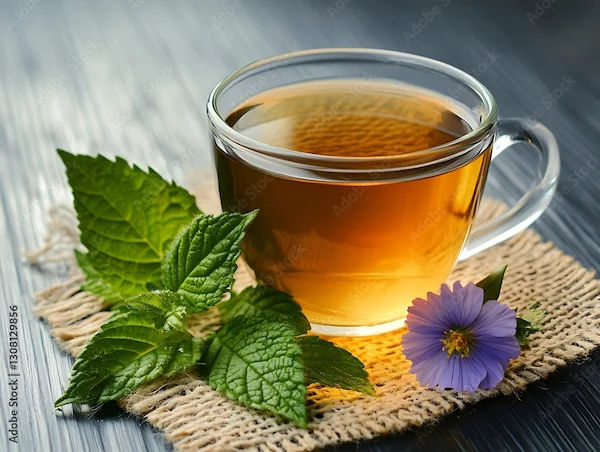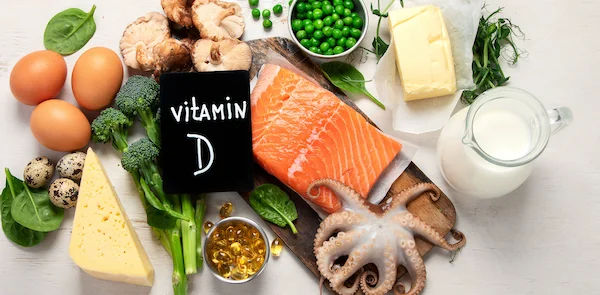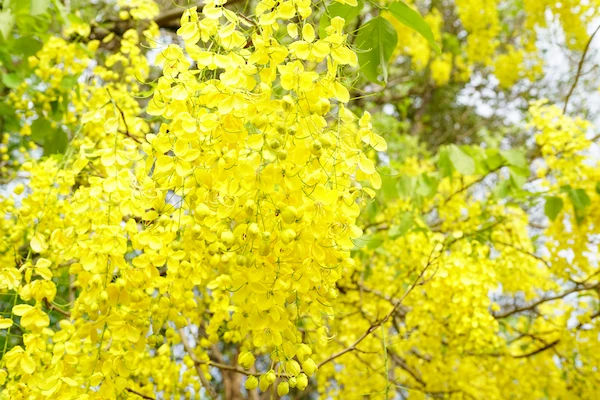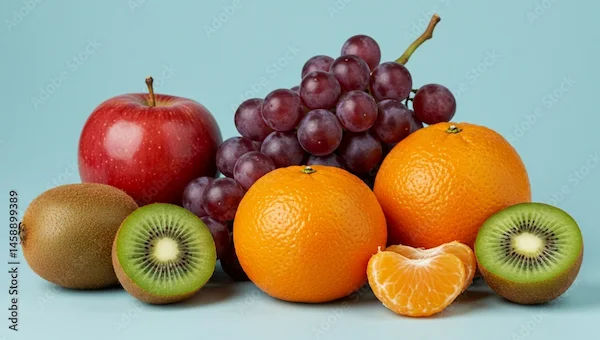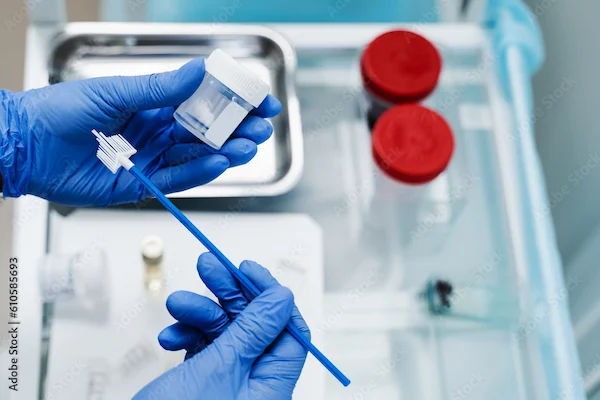Which Dal Should Diabetics Avoid?
Know the significance of dal in diabetic nutrition. Learn about different glycemic indices of dal varieties and which is best for you.

Written by
Last updated on 20th Jul, 2025

Introduction
Living with diabetes requires careful attention to diet, especially when it comes to carbohydrates. While lentils (dal) are generally considered a healthy choice due to their high protein and fibre content, some varieties may affect blood sugar levels more than others. If you have diabetes, knowing which dals to avoid or consume in moderation can help you maintain better glucose control.
Understanding the Impact of Dal on Blood Sugar
Dals are a staple in Indian diets, providing essential nutrients like protein, fibre, vitamins, and minerals. However, not all dals have the same effect on blood sugar. The Glycemic Index (GI) measures how quickly a food raises blood sugar levels:
Low GI (55 or less): Good for diabetics (e.g., moong dal, chana dal).
Medium GI (56-69): Moderate intake is okay (e.g., urad dal, toor dal).
High GI (70+): Best avoided or consumed in small portions (e.g., masoor dal).
Consult Top Nutritionists
Dals Diabetics Should Limit or Avoid
1. Masoor Dal (Red Lentils) – High GI
Why? Masoor dal has a high glycemic index (70+) and can cause a rapid spike in blood sugar.
Alternative: Opt for split moong dal (GI ~25-30) instead.
2. Urad Dal (Black Gram) – Medium GI
Why? Urad dal has a moderate GI (~43-60) but is often used in heavy dishes like dal makhani, which contains added fats and sugars.
Alternative: Consume in smaller portions and pair with fibre-rich vegetables.
3. Chana Dal (Split Bengal Gram) – Medium GI
Why? Though chana dal has a moderate GI (~50-60), it is still better than masoor dal. However, fried or sweetened preparations (like besan ladoo) should be avoided.
Alternative: Boiled or sprouted chana is a better option.
4. Toor Dal (Pigeon Pea) – Medium GI
Why? Toor dal has a GI of around 50-60 but is often cooked with jaggery or tamarind, increasing sugar levels.
Alternative: Consume in controlled portions with minimal added sugars.
Best Dals for Diabetics
Moong Dal (Green Gram) – Low GI
Benefits: Rich in protein and fibre, helps stabilise blood sugar.
How to Eat: Lightly spiced moong dal or sprouted moong.
Chana (Whole Bengal Gram) – Low GI
Benefits: High in fibre, slows digestion, and prevents sugar spikes.
How to Eat: Boiled chana salad or chana curry with minimal oil.
Rajma (Kidney Beans) – Low GI
Benefits: High in protein and fibre, great for blood sugar control.
How to Eat: Rajma curry with whole wheat roti or brown rice.
Tips for Diabetics When Eating Dal
1. Control Portion Size – Stick to ½ cup cooked dal per meal.
2. Avoid Sugary or Fatty Preparations – Skip dal makhani, dal fry, or sweetened dal.
3. Pair with Fiber & Protein – Combine dal with vegetables, whole grains, or yoghurt.
4. Prefer Whole or Split Dals – Whole dals (like whole moong) digest slower than split versions.
5. Monitor Blood Sugar – Check glucose levels after meals to see how your body reacts.
When to Consult a Doctor?
If you’re unsure about which dal suits your diabetes management, consult a diabetologist or nutritionist. You can also book a consultation or diabetes diet plan through Apollo 24|7 for personalized advice.
Final Thoughts
While most dals are healthy, masoor dal (red lentils) should be avoided by diabetics due to its high GI. Instead, opt for moong dal, chana dal, or rajma in controlled portions. A balanced diet, regular exercise, and monitoring blood sugar levels are key to managing diabetes effectively.
Consult Top Nutritionists
Ms. Lakshmi Tejasvi
Clinical Nutritionist
14 Years • M.Sc - Clinical Nutrition
Hyderabad
Vibgyor Nutri, Hyderabad

Dr. Ramalinga Reddy
General Physician
5 Years • MBBS MD General medicine
Bengaluru
PRESTIGE SHANTHINIKETAN - SOCIETY CLINIC, Bengaluru

Dr. Bhukya Pavan Kalyan
General Physician
5 Years • MBBS DNB Paediatrics
Bengaluru
PRESTIGE SHANTHINIKETAN - SOCIETY CLINIC, Bengaluru
Mrs Sneha P V
Nutritionist
10 Years • Master of science in Food and Nutrition
Bengaluru
Apollo Clinic, Sarjapur Road, Bengaluru
Dt. Ila Sharma
Clinical Nutritionist
18 Years • Master in food & Nutrition
Gurugram
VIPUL GREENS - SOCIETY CLINIC, Gurugram
